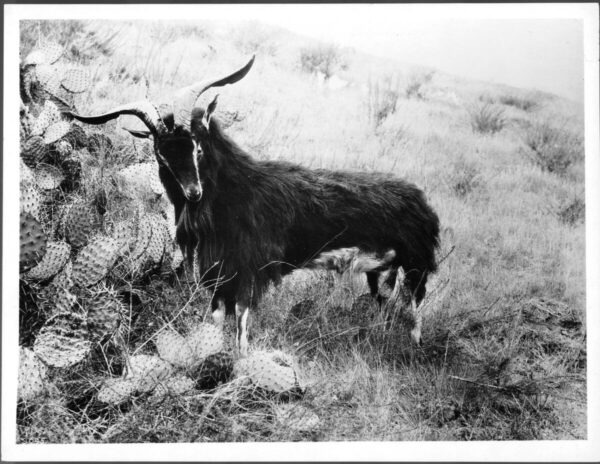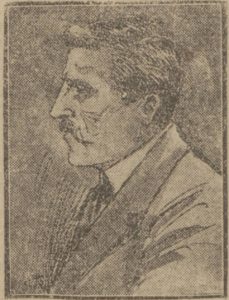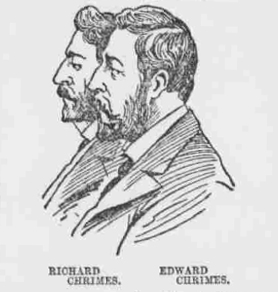‘I can cure you,’ the representative of the Ladies’ Medical Association told 37-year-old Julia Ann Ralph. ‘If you will trust in me and the Lord, take a few drops from this bottle, and pay me half a guinea down and undertake to pay half a guinea in six weeks’ time, then you will soon be a different woman.’
It was 1892 and Mrs Ralph was dying of cancer. The doctors had told her there was nothing more they could do. Her six children, the youngest only a year old, must prepare to say goodbye to their mother. So when Maria Owen came to the door, explaining that she was a cancer specialist sent by a worried neighbour, George Ralph directed her to his wife’s bedroom.
Maria Owen measured out the drops of her elixir, collected the 10s. 6d. from Mr Ralph, spent a few moments sympathising with the children, and left. That was the last they saw of her. There was no such thing as The Ladies’ Medical Association, the elixir was a solution of vinegar and soap in water, and Owen (otherwise Owens) was a habitual fraudster for whom building the hopes of dying people was just a means to her own survival. She operated in the West Midlands and Wales in the 1880s and 90s, building up a string of convictions for false pretences, theft and drunkenness. She was more opportunistic than most of the practitioners who feature on this site – she was not first and foremost a medicine vendor, but a criminal who happened to adopt a medical persona. Owen got a year’s hard labour in Birmingham prison for defrauding the Ralphs and by the time she got out, Julia Ralph was dead.

The ‘bogus lady doctor’, described in 1890 as ‘a woman of strong build […] attired in a broad-brimmed hat, which was jauntily placed on one side of her head,’ had a consistent modus operandi. She scouted the neighbourhood for ill people and picked up on gossip about their condition, enabling her to tailor her story to the individual. In the case of Julia Ralph, Owen said she had been asked to attend by Mrs Clarke, someone the Ralphs knew and trusted. Another victim had been an inpatient at Worcester Infirmary, so Owen claimed that the doctors there had sent her. She warned the family not to let the hospital know about her price for the medicine, as she would get into trouble for selling it so cheaply. She was so persistent that her stories often went too far and she got into trouble with the police instead.
While Owen sometimes presented herself as a nurse, she also adopted the title of ‘doctress’ or ‘lady doctor’, presenting ‘such a polite form’ as to be convincing in this role. In 1886, the same year as Owen began defrauding people (or at least began getting caught!) Sophia Jex-Blake’s Medical Women: A Thesis and a History listed 50 registered female practitioners, and although this rose to about 250 over the next decade, many were practising in London or abroad. Owen’s victims would probably be familiar with informal female healers and aware that women were entering the medical profession, but meeting a ‘lady doctor’ in person was far more of a novelty. In people’s times of sickness and worry she was able to use this unfamiliar but sympathetic form of authority to gain their trust.
Her activities were about survival rather than making a fortune; she was often homeless, her husband was in prison and her children in a Barnardo’s home, and the few shillings she made from her equally impoverished victims were her only means of getting by. She is at the opposite end of the spectrum from the big-business patent medicine advertisers, but her career gives a glimpse into one of the many ways medicine and fraud could collide.
For more about Maria Owen’s life and other convictions, see The Quack Doctor: Historical Remedies For All Your Ills.



2 thoughts on “Maria Owen, the bogus lady doctor”
Comments are closed.